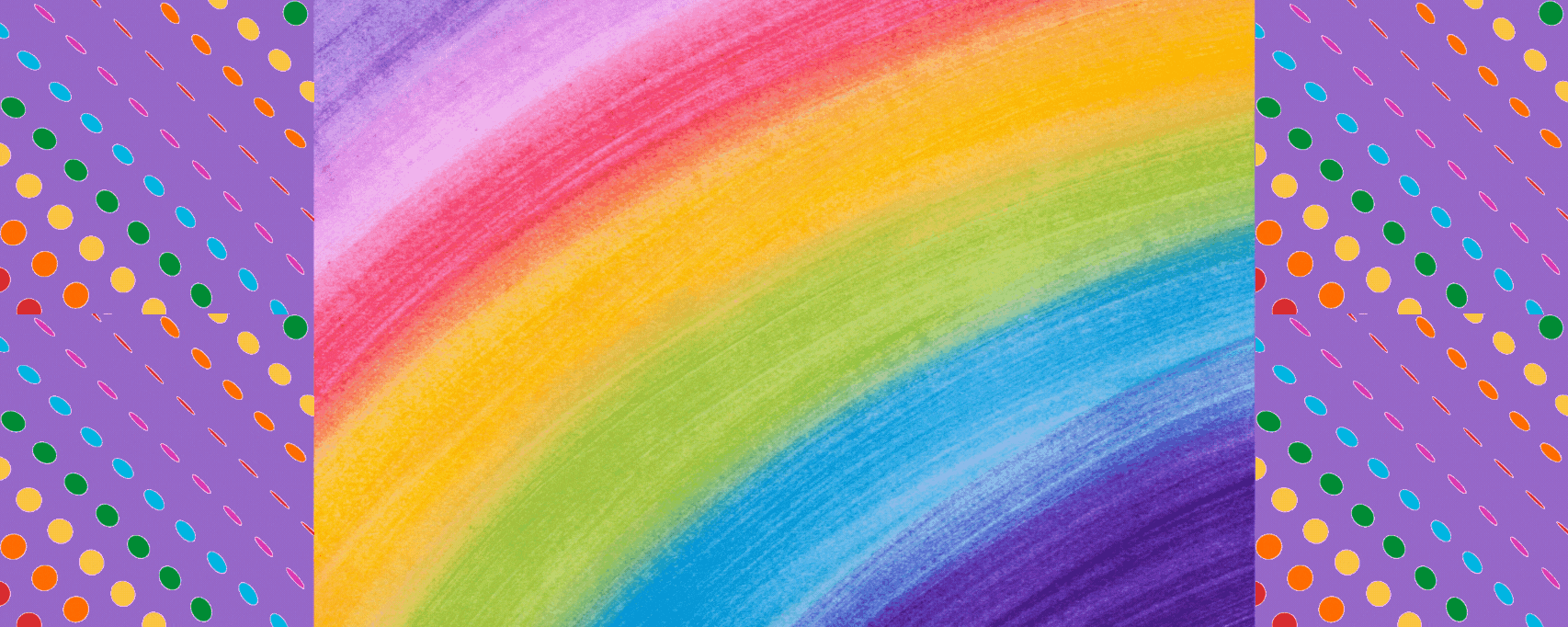Write With a Rainbow of Color
- wordytips
- Mar 21, 2022
- 3 min read
Updated: Mar 21, 2024

I’m not talking about making your prose colorful, I’m talking about using colors and color descriptions in your writing. We know writing is a choreographed dance the writer performs for the reader with the unspoken promise that if they keep turning pages, they’ll discover a captivating and worthy story with layered detail that pulls it all together. Sprinkle the right amount of color and you add richness and flavor. Douse your passages with fairy-inspired glitter and you’re left with sickly-sweet gunk. An author’s job is to draw readers in, not turn them off. It’s about striking a balance and landing someplace in the middle of too much flowery and unnecessary description and not enough sensory nuggets.
Incorporating the five senses and possibly the sixth, (intuition/clairvoyance) gifts the reader with vivid imagery that transports them into the story. Add new layers of texture, substance, and power to your writing by including color and color descriptions. The words you choose to tell your story, nouns, verbs, and adjectives need to work hard. Their job is not to act as placeholders but to provide the best possible avenue for reeling the reader in.

We don’t need to use actual colors to label objects, appearance, animals, or nature. We can substitute words like gray, bright green, and shades of purple with modest words that still provide effortless description.
Examples:
Calling something chintzy or brash carries stronger weight than the generic, too colorful. Chintzy and brash are working it.
Saying something is dappled rather than the boring description, covered with areas of light and dark colors, lends firepower to a sentence. The adjective dappled is working hard.
Describing something as glistening or iridescent implies it’s sparkling like glitter or changing colors with different angles of light. Glistening and iridescent do the job with less words yet pack a more powerful punch.
10 Colorful Choices
bleached
dusty
florescent
blotchy
pastel
festive
prismatic
psychedelic
tinged
pallid
How many can you add to this list?

Some things are colorless or have little color. How do we describe things that lack color without sounding monotonous? We double-down on our descriptions by ditching the dull words colorless or lacking color and replacing them with more specific yet still simple words. Although our choices work overtime, the reader detects nothing but smooth writing.
Examples:
Defining something as faded or muted as opposed to lacking bright colors or containing softened colors, not only helps keep our word count down, but also hints at bleakness or dreariness.
Portraying something as monochromatic or monotone illustrates that what you’re depicting has or is only one color and sounds better than pronouncing something with the humdrum, solid color or one color only.
Designating something as translucent or transparent explains with one word that something lets light through or is see-through.
10 Colorless or Limited-Color Choices
pale
neutral
opaque
light
flecked
dotted
spotted
tinted
watery
diluted
What words can you come up with?

Let’s step away from the overused, lackluster, red, yellow, black, and brown, etc. Plunk down better words in their place. Words that illuminate the color for the reader and allow them to envision exactly what you’re trying to show.
Examples:
Representing your character’s eyes as blue or deep blue is uninspired. Go wild with, his eyes sparkled like waves from the Caribbean Sea.
Calling a jacket green or greenish/yellow is dull. Let’s spice that up. Her chartreuse jacket clashed with the amethyst jewels dangling from her earlobes.
Stating a man’s tie is red or reddish is hardly worth the effort. Glam it up with words like crimson, scarlet, or ruby.
10 Words Describing Specific Colors
cerulean
avocado
ash
indigo
azure
onyx
bronze
cerise
umber
terracotta
Think outside the color box. There are hundreds of other words to depict specific colors.
Choose your words with care to give your passages depth and true color.



Comentários